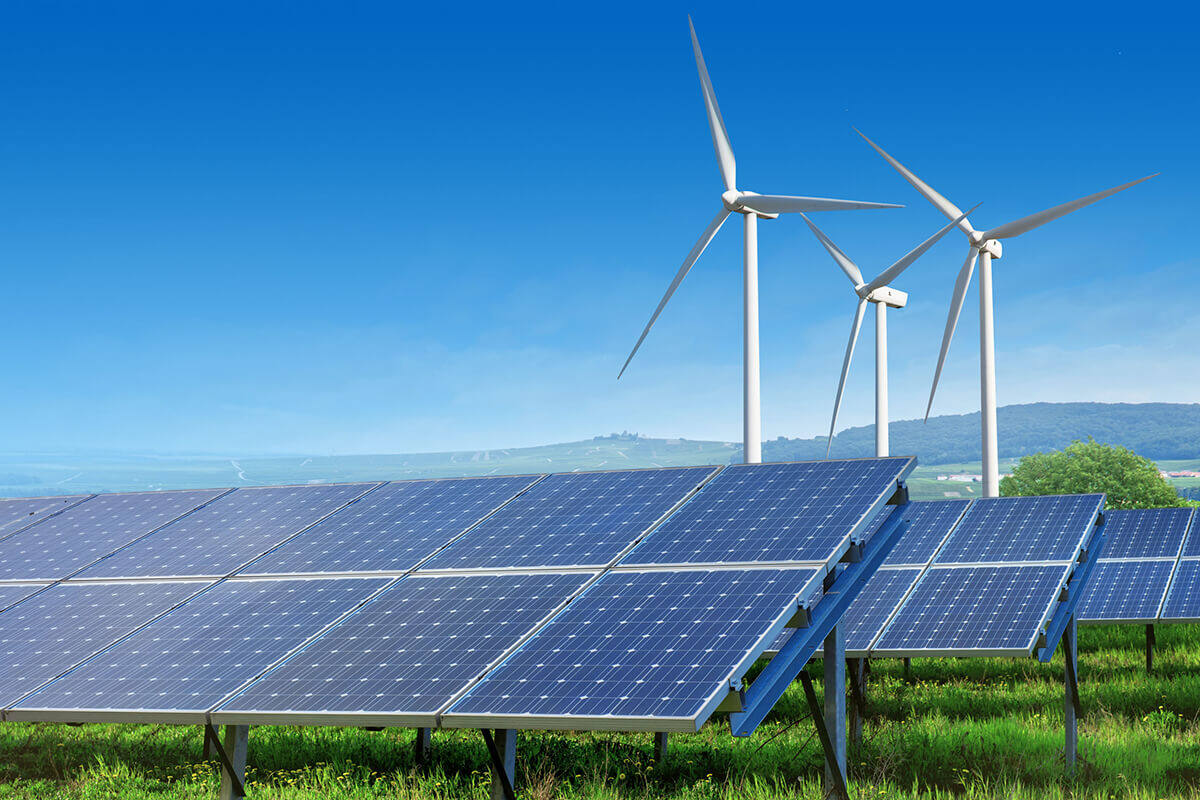
Grid Codes and Standards for Wind Integration
Grid codes and standards for wind power integration typically include technical requirements and guidelines that wind power plants must follow to ensure safe and reliable operation and integration with the grid. The content of these codes and standards can vary depending on the specific region, country, or organization that develops them:
- Connection requirements: Wind power plants must meet certain technical specifications to connect to the grid, including voltage and frequency requirements, power quality standards, and grid stability criteria.
- Protection requirements: Wind power plants must have adequate protection systems in place to prevent damage to the grid and ensure safe operation in the event of faults or other disturbances.
- Control requirements: Wind power plants must have control systems that allow them to respond to changes in grid conditions, such as voltage and frequency fluctuations, and to provide ancillary services to support grid stability.
- Communication requirements: Wind power plants must be able to communicate with the grid operator and other relevant parties to share information about their performance and to respond to grid requests.
- Testing and certification requirements: Wind power plants must undergo testing and certification procedures to demonstrate that they meet the relevant technical requirements and can safely and reliably integrate with the grid.
- Compliance monitoring and reporting requirements: Wind power plants must comply with ongoing monitoring and reporting requirements to ensure ongoing compliance with the relevant codes and standards.
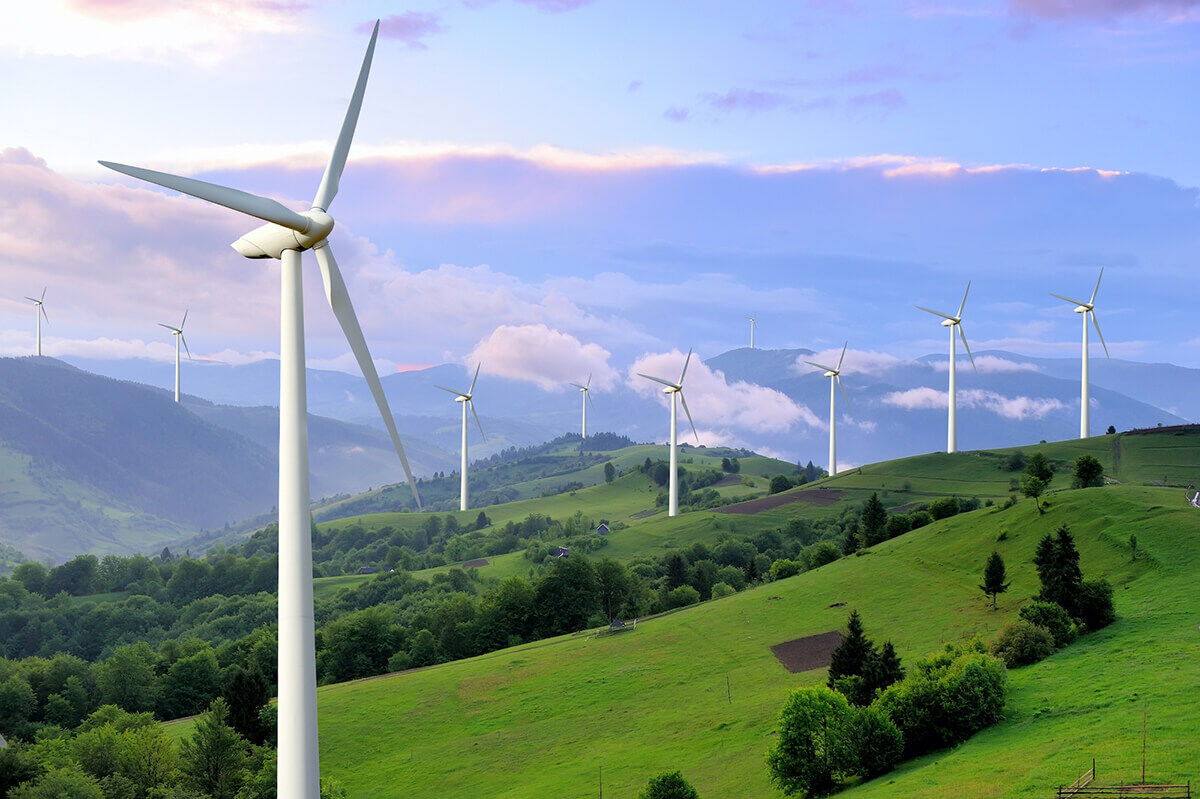
Energy Storage and Wind Integration
Energy storage plays a critical role in integrating wind power into the electricity grid. Wind power is a variable source of energy, which means that its output fluctuates depending on the weather conditions. Energy storage can help smooth out these fluctuations and ensure a more stable supply of electricity.
There are several types of energy storage technologies that can be used in conjunction with wind power, including batteries, pumped hydro storage, compressed air energy storage, and flywheels. These technologies can be used to store excess wind power during periods of high wind production and then release it back into the grid during periods of low wind production.
In addition to providing stability to the grid, energy storage can also help increase the value of wind power by allowing it to be stored and dispatched at times when it is most valuable. For example, wind power generated at night when demand is low can be stored and then dispatched during the day when demand is higher and electricity prices are higher.
Energy storage is an essential tool for integrating wind power into the electricity grid, and its use is expected to increase as wind power continues to become a more significant part of the global energy mix.
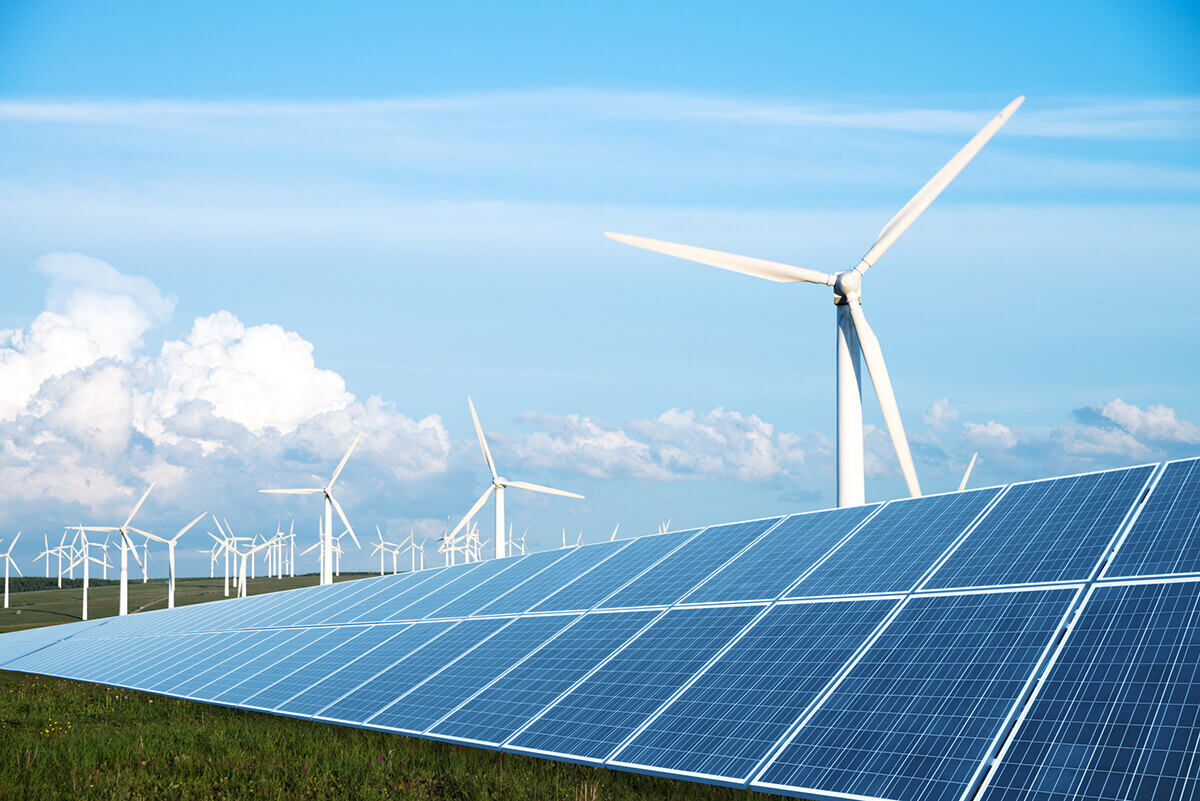
Impact of Wind Power System on Grid Reliability
Wind power systems can have both positive and negative impacts on the reliability of the electrical grid. The following are some of the ways in which wind power systems can affect grid reliability:
- Intermittency: Wind is an intermittent source of power, meaning that its output varies depending on the wind speed. This variability can lead to fluctuations in the power supply, which can affect the stability of the grid. However, this issue can be mitigated through the use of energy storage systems, which can store excess power generated by the wind turbines and release it during periods of low wind speeds.
- Grid congestion: Wind farms are often located in remote areas, far from the population centers that they serve. This can lead to congestion on the transmission lines that connect the wind farms to the grid, which can affect the reliability of the grid. To address this issue, grid operators can upgrade the transmission infrastructure or use advanced control systems to manage the flow of power on the grid.
- Voltage and frequency control: Wind turbines can affect the voltage and frequency of the grid due to their variable output. To maintain grid stability, voltage and frequency must be kept within a certain range. This can be achieved through the use of advanced control systems that regulate the output of the wind turbines.
Wind power systems can have a significant impact on the reliability of the electrical grid. While there are some challenges associated with integrating wind power into the grid, these challenges can be addressed through the use of advanced control systems, energy storage systems, and other technologies.
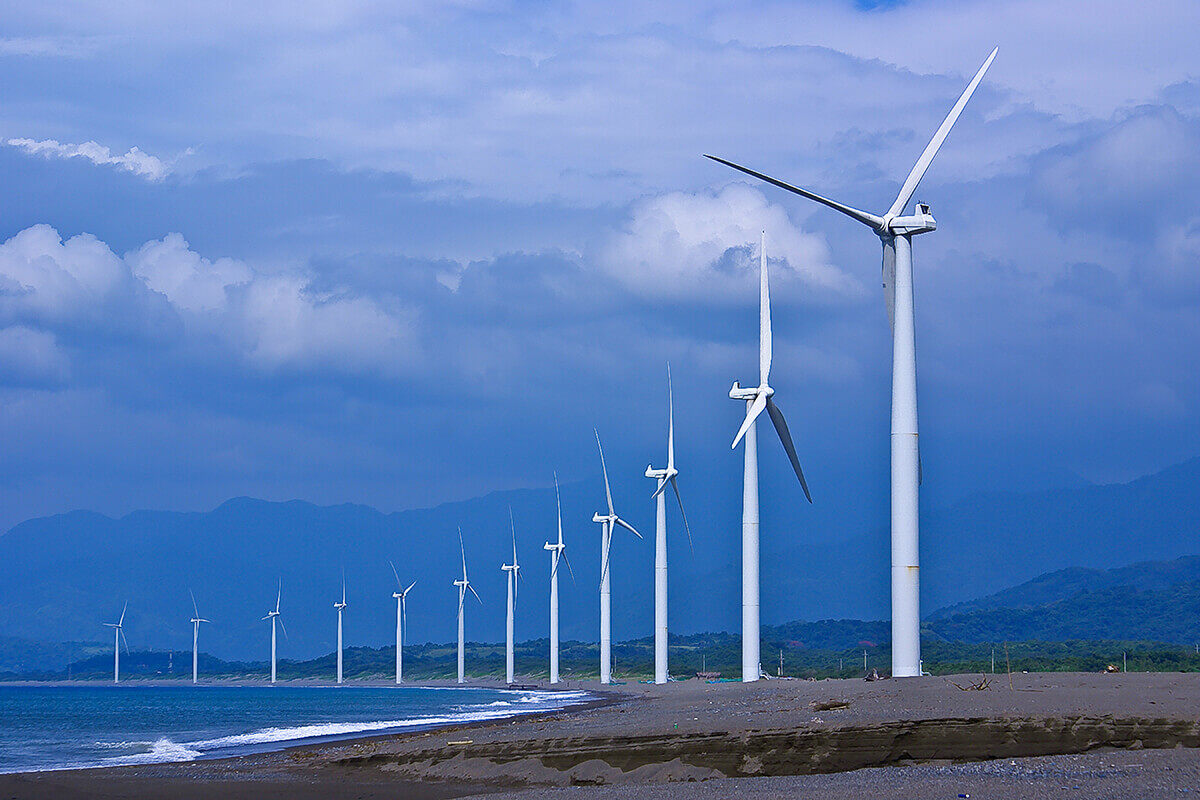
Resolving Technical and Regulatory Barriers to Wind Integration
- Technical solutions: One of the biggest challenges in integrating wind energy into the grid is the variability and intermittency of wind power. This can be addressed through various technical solutions such as energy storage systems, demand response programs, and advanced forecasting techniques that can help manage the power output from wind turbines more effectively.
- Grid modernization: Modernizing the power grid with advanced technologies such as smart grid systems, advanced meters, and real-time monitoring and control systems can help improve the reliability and efficiency of the grid, making it easier to integrate wind energy.
- Regulatory framework: The regulatory framework can play a crucial role in facilitating the integration of wind energy into the grid. This can involve streamlining the permit and approval process for wind projects, providing incentives and subsidies for wind energy development, and establishing clear rules and standards for grid interconnection and operation.
- Collaboration and stakeholder engagement: Collaboration between stakeholders such as energy companies, grid operators, regulators, and community groups can help identify and address technical and regulatory barriers to wind integration. Engaging with local communities and addressing their concerns can also help build support for wind energy development.
- Education and outreach: Education and outreach efforts can help raise awareness about the benefits of wind energy and build public support for its integration into the grid. This can involve providing information about the technical and regulatory aspects of wind integration, as well as highlighting the economic, environmental, and energy security benefits of wind energy.
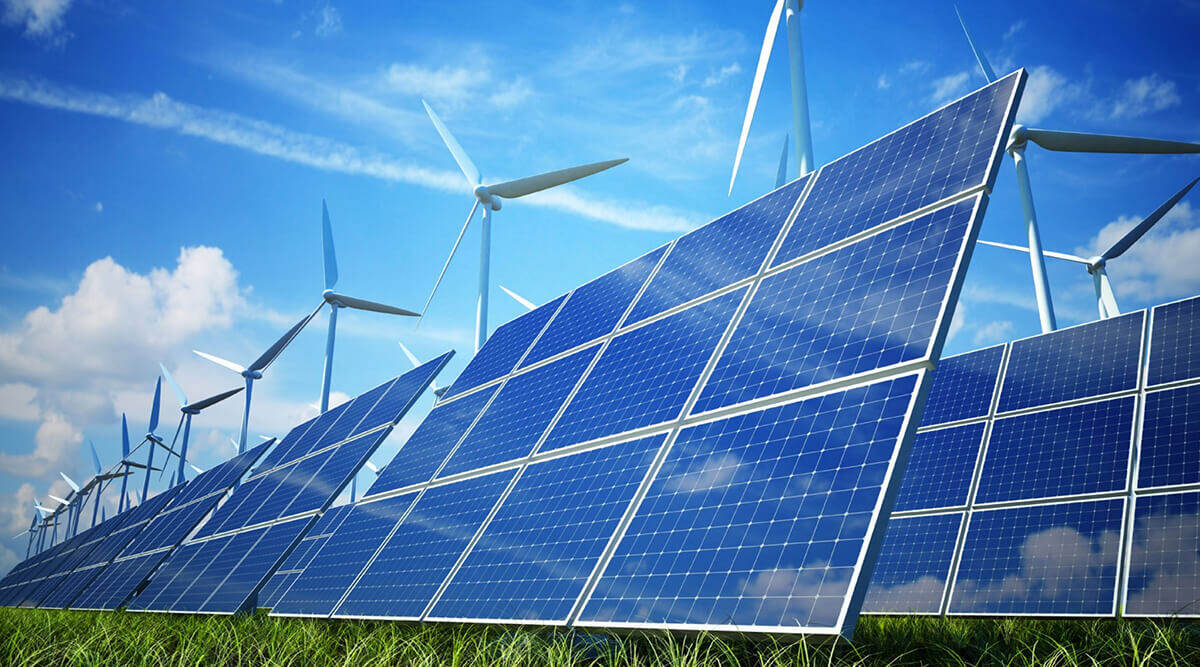
The Role of Advanced Control and Monitoring Technologies in Wind Integration.
- Grid Stability: Advanced control systems can help stabilize the power grid by providing real-time monitoring and control of the power output from wind turbines. This can include features such as voltage control, frequency regulation, and reactive power compensation, which can help maintain a stable grid frequency and voltage level.
- Energy Efficiency: Advanced control systems can also help improve the energy efficiency of wind turbines by optimizing their operation based on real-time weather and grid conditions. This can include features such as pitch control, yaw control, and blade optimization, which can help maximize the energy output from wind turbines while minimizing wear and tear.
- Grid Integration: Advanced monitoring technologies can help facilitate the integration of wind energy into the grid by providing real-time data on wind energy production, grid conditions, and power demand. This can help grid operators better manage the integration of wind energy and maintain grid stability.
- Forecasting: Advanced forecasting techniques can help predict wind energy production and grid conditions, allowing grid operators to plan and optimize their grid operation. This can include short-term forecasting of wind energy production, as well as longer-term forecasting of energy demand and supply.
- Remote Monitoring and Maintenance: Advanced monitoring technologies can also help with remote monitoring and maintenance of wind turbines, reducing downtime and maintenance costs. This can include features such as remote monitoring of turbine performance, predictive maintenance, and condition-based maintenance.
Advanced control and monitoring technologies are essential for the integration of wind energy into the power grid, helping to optimize wind turbine operation, maintain grid stability, and maximize the benefits of wind energy.










